ChatGPT has taken the internet by storm. It’s rare to see a new product or platform reaching the million-user mark in just five days, but ChatGPT did so convincingly. For perspective, Facebook took ten months to reach a million users, while Instagram took just under four months. Despite ChatGPT’s impressive user growth and capabilities, it’s not the only AI-powered chatbot in town. In this article, we’ll discuss some of the ChatGPT alternatives and everything you need to know about them — from use cases and cost to features and performance.
What is ChatGPT?
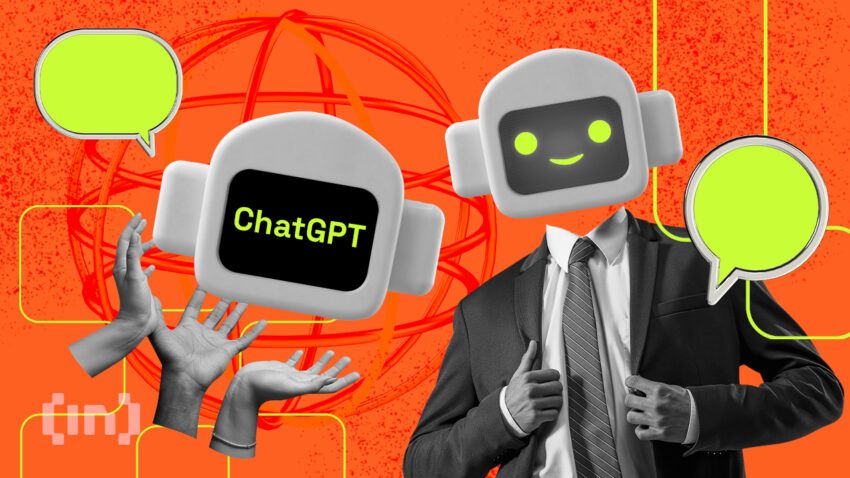
ChatGPT is a sophisticated language model that utilizes supervised and reinforcement learning techniques. Its vast and complex architecture allows the model to understand the meaning and context of messages and generate human-like responses. It is designed to be versatile and can be fine-tuned for various natural language processing tasks.
SponsoredChatGPT’s versatility is impressive: it can generate text in various formats, compose articles, write emails, and even generate computer codes. You can also use it to learn complicated concepts or explore creative ideas.
However, ChatGPT has limitations and biases, as with any other natural language processing AI model. While it’s certainly a promising piece of technology worth exploring, it’s crucial to keep its limitations in mind when using it. Our detailed ChatGPT review offers a closer look at the pros and cons of the internet’s new favorite tool.
Why do we need ChatGPT alternatives?
While ChatGPT is a highly sophisticated conversational AI model, other options may better suit certain use cases. This is especially the case if we consider the limitations of ChatGPT. These include:
- ChatGPT’s capabilities are restricted to providing general information and assistance based on its pre-programmed knowledge. The knowledge cutoff for the AI chatbot is January 2022 for version 3.5. That means it doesn’t have any information on events or updates that have happened thereafter.
- Recently, high traffic has caused ChatGPT to become frequently overloaded or unavailable.
Best ChatGPT alternatives
1. ChatSonic
WriteSonic, the company behind ChatSonic, pitches the program as a “ChatGPT alternative built with superpowers.” This emerging AI chatbot is packed with powerful tools to create and deploy chatbot applications across industries.
ChatSonic can whip up myriad content based on user input — from Facebook advertisement copy to long-form articles and blogs. The AI chatbot is also a pro at conversing, making it a valuable asset for customer service operations. It also has plenty of third-party integrations, making it a great choice for businesses looking to integrate the AI chatbot into their existing systems.
Unlike ChatGPT, ChatSonic can help you with real-time data, image, and voice searches.
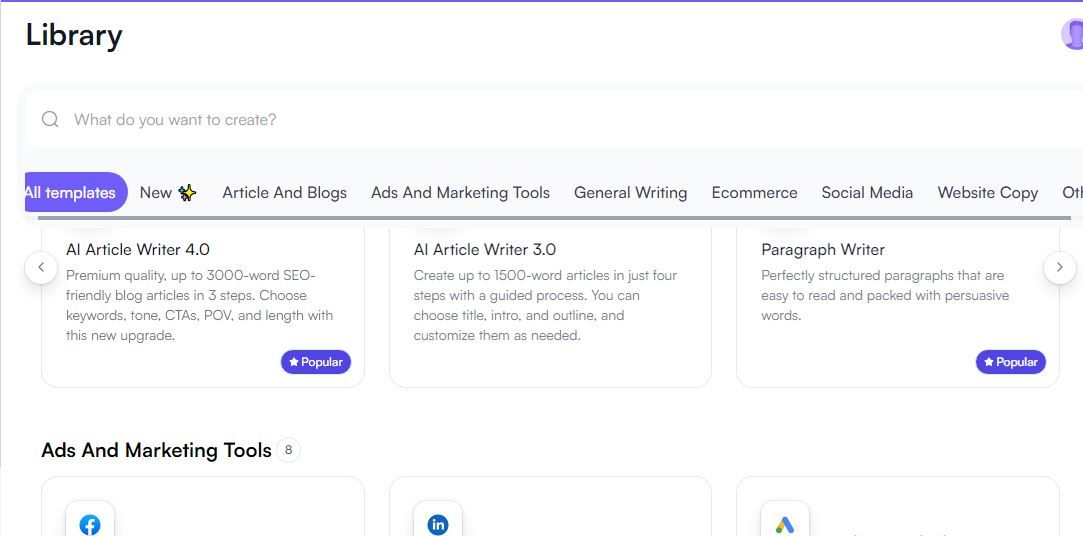
And the best part? ChatSonic doesn’t have a knowledge cut-off date. It integrates with Google search, providing hyper-relevant, up-to-date content on any topic.
Sponsored SponsoredKey features:
- ChatSonic can source information and up-to-date data from the internet in real-time.
- ChatSonic allows you to choose from 16 different personas to interact with, so you can customize your AI chat experience to fit your needs.
- It can read back responses, just like Siri and Google Assistant, making the process more engaging and interesting. This feature also saves time by eliminating the need to type manually.
- ChatSonic also allows you to create custom images with just one click! It does so by using two different models — stable diffusion and DALL-E.
- ChatSonic lets you save, edit, and download your chats.
- The ChatSonic API allows for easy integration with your existing software, providing a smooth user experience. The API is versatile and can be used to integrate ChatSonic with both web and mobile applications.
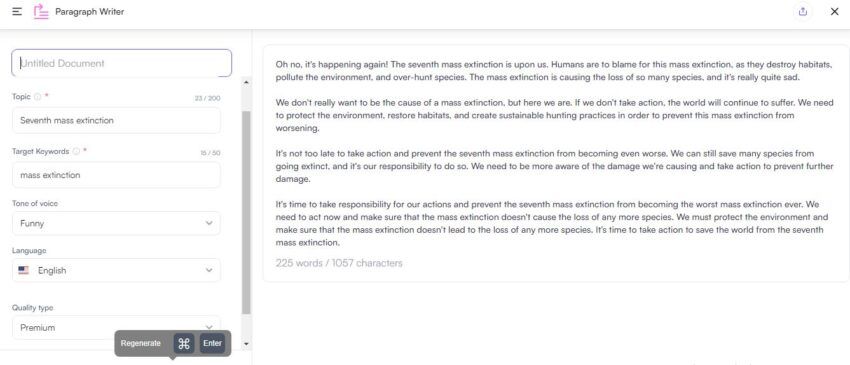
You can try ChatSonic for free. As of this writing, the paid plans start at around $12 a month and go all the way up to $666 a month (for annual plans). Businesses can contact WriteSonic to create custom plans.
2. YouChat
YouChat is powered by OpenAI’s GPT-3.5, the same AI model that drives ChatGPT. It has a reasonably simple interface that integrates seamlessly with You.com’s search engine. That means users can both search for webpages related to your query as well as hold conversations with the AI chatbot. If you need a combination of these two, YouChat is an option worth considering.

This AI model uses artificial intelligence and natural language processing to give human-like responses in conversations. It can answer questions on various topics, do translations, summarize text, suggest creative ideas, write codes, and generate emails. The quality of the answers is on par with that of ChatGPT.
Unfortunately, just like ChatGPT, YouChat is also limited by the constraints of GPT-3.5. For instance, it also has a knowledge cut-off period of 2021. However, while ChatGPT refuses to respond to prompts related to events after 2021, YouChat sometimes tries to answer such questions (usually with wrong answers).
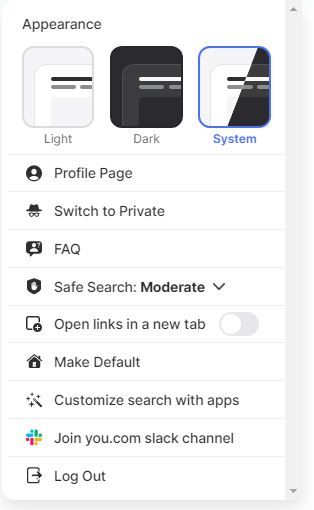
Some of the key features of YouChat include:
- AI-powered personal assistant
- AI search engine
- Natural language processing
- Contextual conversation support
- AI image generator
- Chatbot for customer service
- Automated sentiment analysis
- Automated customer service
- Automated task management
- Automatically providing answers to customer queries
- Automated customer segmentation
- Automated customer onboarding
YouChat is still a work in progress. It is available for free, but certain features, such as AI writing tools, may have limited availability in the free plan.
3. Bloom
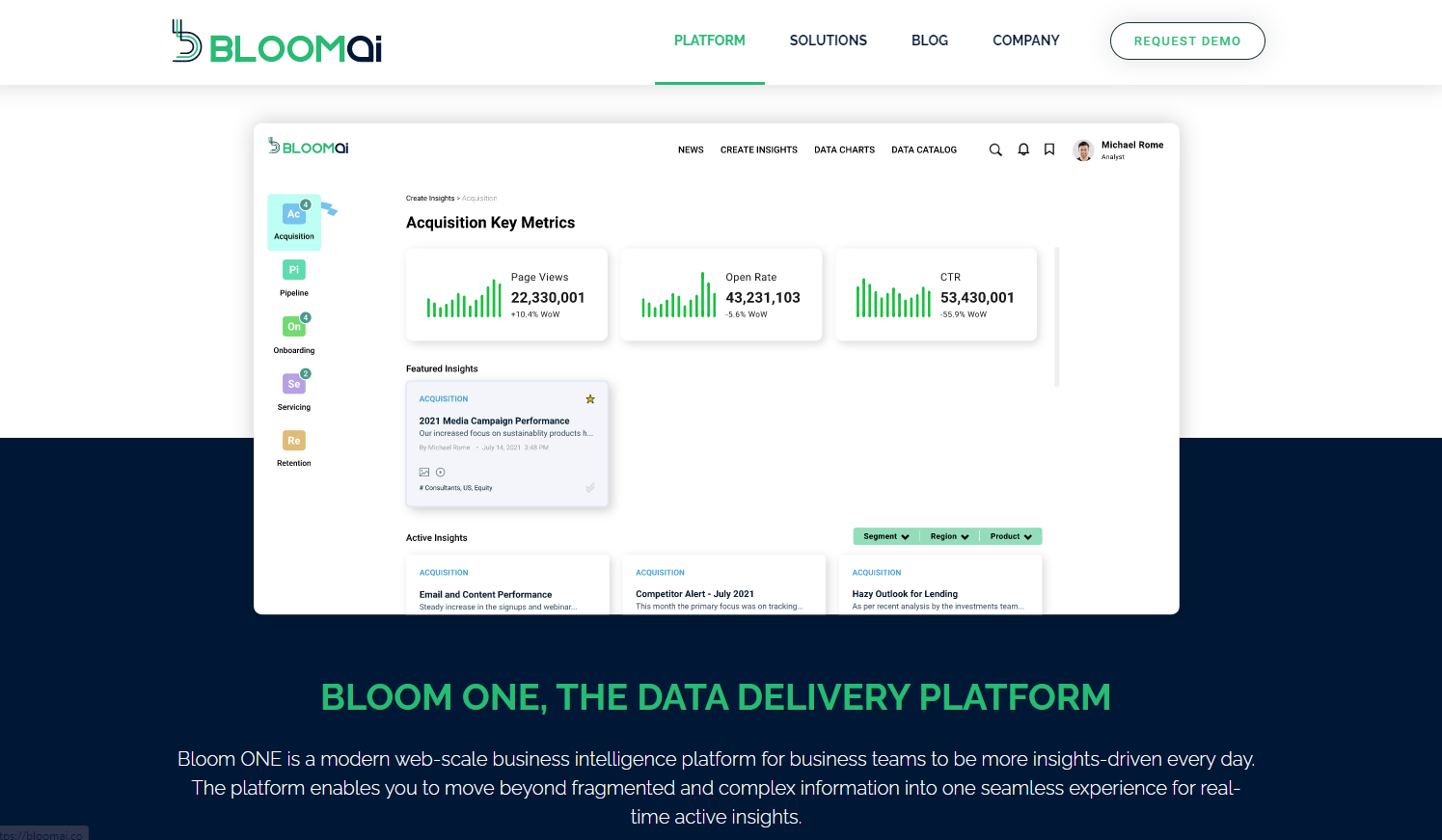
Bloom is a frontrunner among ChatGPT alternatives. It is an open-source, multilingual language model offering unique features and advantages. While both ChatGPT and Bloom offer solid NLP systems, there are a few key differences between the two.
A group of over 1,000 AI experts developed Bloom. It took 384 graphics cards with a total memory of 80 gigabytes and 176 billion parameters to build Bloom. For perspective, that’s one billion more than GPT-3.
Furthermore, the model has been trained in 46 languages and 13 coding languages, and it is accessible in several versions with fewer parameters — courtesy of HuggingFace and the BigScience Workshop.
In terms of performance, ChatGPT is slightly better than Bloom. While Bloom can process around 8,000 messages per second, ChatGPT can process 10,000 messages per second. For most applications, the difference in performance between the two systems is negligible. Still, it’s something to keep in mind if you’re looking for a system that processes as many messages as possible.
Bloom is also an attractive option for developers looking to build NLP applications. While both systems are powerful, Bloom is more scalable and easier to extend with new functionality. It also offers features that ChatGPT doesn’t, such as dynamic scripting, which makes it a good choice for developers looking to build complex applications.
Sponsored SponsoredYou can download and use BLOOM for free. As it is open-source, you can modify it to fit your needs. However, compared to the other ChatGPT alternatives in this list, using BLOOM may require some degree of technical proficiency.
4. GPT Playground
GPT Playground shares the same pedigree as ChatGPT — both were developed by OpenAI and based on GPT-3. However, the programs were developed with different priorities. For instance, OpenAI created GPT Playground as a way to help developers explore and experiment with natural language processing. In comparison, ChatGPT was optimized to provide users with more of an interactive experience, allowing them to communicate with an AI-based chatbot.
GPT Playground allows you to study and use natural language understanding, including identifying written communication’s sentiment and emotional intent. It also offers language modeling, which allows you to study and create language-based models. You can use these language models to create text-based models.
It enables users to explore language generation, which is the process of using language models to create text. You can also use it to create and test models that use various NLP techniques, including named entity recognition, dependency parsing, and semantic parsing.
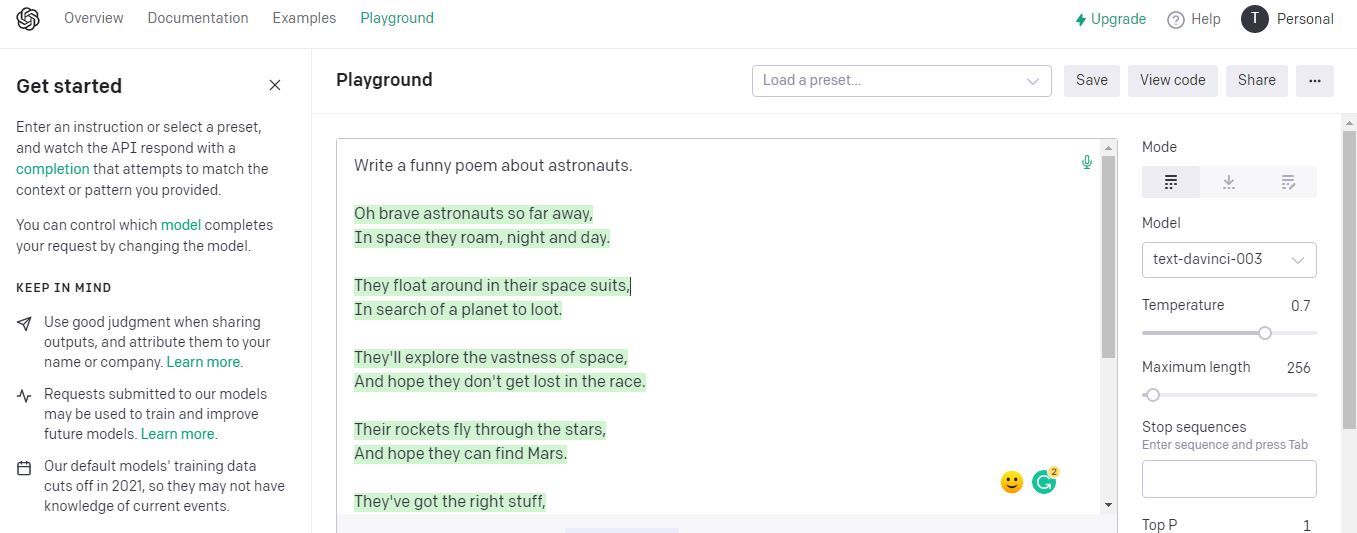
Hpwever, GPT Playground offers a rather complex user interface and limited consumer-centered publicity.
Although ChatGPT has received the majority of attention, GPT-3 is a much larger and more powerful AI model. And that makes it one of the best ChatGPT alternatives around. It can be custom-made to do everything ChatGPT can do, while offering more settings and options to customize the AI model to meet your specific requirements. Like ChatGPT, GPT Playground is also available for free.
ChatGPT alternatives show a glimpse of the future
Since OpenAI made its latest AI model available to the public, platforms have been experimenting and fine-tuning the technology and its applications for various purposes. The ChatGPT alternatives discussed here are just a few examples of how AI chatbots can be a game-changer across industries. In all likelihood, we will see powerful ChatGPT alternatives emerge as AI and machine learning technologies evolve.

